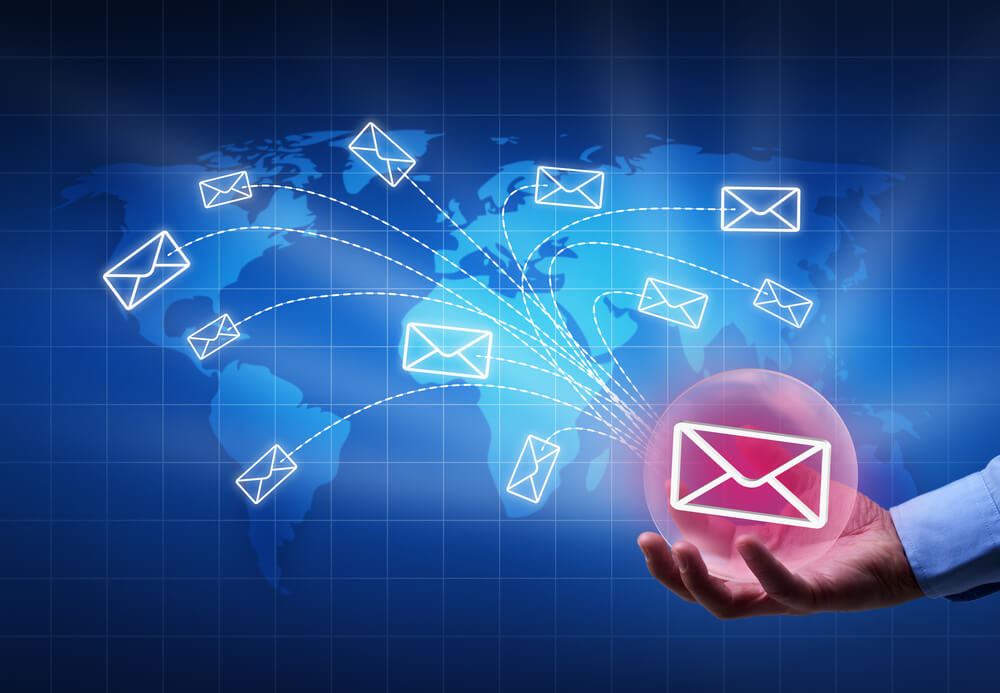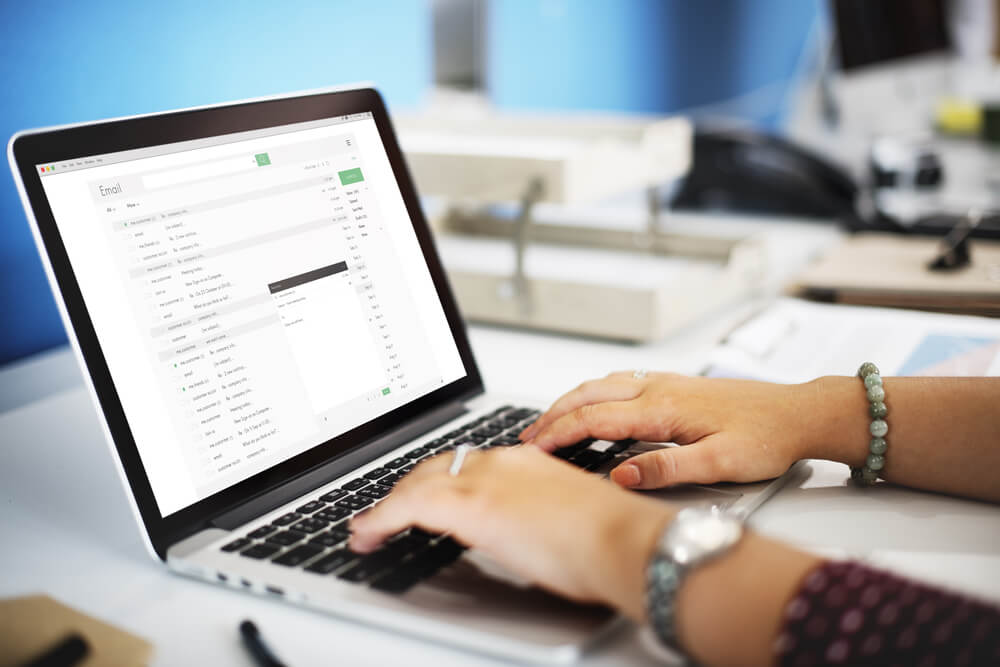
Create B2B Email Drip Campaigns! (Easy Way to Great Results)
Drip campaigns are one way to automate B2B email marketing, but effective leverage requires a solid understanding.
This article provides further insights on the topic through the following points:
- Identify campaign goals.
- Segment the audience.
- Crafting compelling content.
- Personalize emails.
- Set the right frequency and timing.
- Implement automation tools.
- Measure and optimize the performance.
Read below to learn how to develop successful B2B drip campaigns. Let’s go!
Want to learn more about the Digital Authority Partners approach to SEO? Watch this video!
What Is a Drip Campaign?
A drip campaign is a marketing strategy that sends automated messages (usually emails) to a specific audience over a set period.
It aims to nurture leads, engage prospects, or promote a product or service by delivering targeted and relevant content. The term “drip” refers to the gradual release of these messages, strategically spaced to maintain consistent communication.
In B2B, drip campaigns address pain points, showcase products, and prompt actions, such as webinar signups or consultation requests. They also build strong customer relationships. Key aspects of these activities include an emphasis on relevance, personalization, attention to user behavior, and automation integration.
How to Create B2B Email Drip Campaigns

Email drip campaigns are effective for B2B marketing. They educate recipients about your products or services, build relationships over time, and eventually convert them into customers. When done correctly, they shorten the sales cycles, remove the typical conversion barriers, and even transform clients into brand advocates.
Develop a reliable, successful drip campaign with these steps:
1. Identify the Campaign Goals
Specifying objectives is critical when planning a drip campaign for lead nurturing, customer onboarding, or post-purchase engagement. The goals are the foundation for a successful campaign, guiding your strategy.
Use the following ideas when creating measurable objectives:
- Specify quantifiable metrics such as conversion rates, click-through rates, or engagement levels. For example, “Achieve a 10% increase in the conversion rate on the website within the next month.”
- Set deadlines for achieving your goals to create a sense of urgency and facilitate progress tracking, such as “Gain 500 new email subscribers through a targeted signup campaign within the next two weeks.”
- Align the drip campaign goals with business objectives for cohesive and impactful results. For instance, “Launch a limited-time promotion to boost sales, aiming for a 15% increase in revenue over the next quarter.”
2. Segment the Audience
Audience segmentation is crucial for crafting targeted drip campaigns. It enables you to customize messages for specific audience groups.
Break down a broad B2B audience into the following categories:
- Industry: Divide your audience based on their industry, recognizing that different sectors might have distinct needs and interests.
- Company size: Segmenting by company size allows for the customization of content that addresses the specific challenges that businesses of varying scales encounter.
- Engagement level: Categorize recipients based on their engagement history (previous emails or brand interactions). This segmentation inspires content that reengages dormant subscribers or nurtures leads until sales are ready.
Delivering content that resonates with different market segments maximizes the impact of drip campaigns. Prospects receive actual value, your brand develops into an industry thought leader, leading more leads to convert to customers.
3. Craft Compelling Content
Crafting compelling content in drip campaigns is critical to effectively guiding prospects through the buyer’s journey. It keeps them engaged, improves customer retention, and promotes a satisfying user experience.
The challenge is determining the best B2B content to develop at every stage.
In the awareness phase, prospects are unaware of your brand but are actively searching for solutions to their problems and challenges. Leverage educational content that addresses pain points and provides valuable insights. These include blogs, ebooks, and webinars, usually offered as lead magnets.
Continuous engagement and education eventually push the leads into the consideration or evaluation phase. They are busy comparing options, meeting with stakeholders, and requesting proposals before they decide. The best types of email content at this phase are product updates, case studies, free trials and demos, and product comparisons.
As leads narrow options and move closer to making purchase decisions, build trust and credibility through customer success stories. Use data-rich statistics as social proof and video testimonials, both powerful conversion tools.
Aligning content with the buyer’s journey delivers a cohesive and personalized experience throughout the drip campaign.
4. Personalize the Emails
Avoid common email marketing mistakes and increase conversion by personalizing email content.
Here are strategies for effectively personalizing emails:
- Dynamic content based on interactions: Tailor the email content based on the recipient’s past brand interactions. Study the pages visited, past purchases, or previous email engagements.
- Personalized subject lines: Craft subject lines that grab the recipient’s attention by including their name or referencing specific details relevant to their business.
- Customized recommendations: Provide personalized product or service recommendations based on the subscriber’s preferences, past purchases, or industry trends.
- Personalized salutations and closings: Use the recipient’s name in the salutation and consider a customized closing to add a human touch. This small gesture makes the email feel more individualized and less generic.
- Behavior-triggered emails: Set up triggers that automatically send emails based on specific user actions such as downloading a whitepaper, attending a webinar, or abandoning a shopping cart.
By implementing these personalized email strategies, B2B drip campaigns can forge stronger connections, increase relevance, and drive better engagement and conversion rates.
5. Set the Right Frequency and Timing
Setting the right frequency and timing for B2B marketing campaigns is essential for achieving optimal engagement without overwhelming recipients. Bombarding subscribers with too many emails increases unsubscribes and decreases open rates.
Here are some tips for setting optimal email frequency and timing for B2B drip campaigns:
- Send an initial welcome email immediately after subscribing to provide value right away.
- Follow with a second email three to five days after the first to further deliver relevant content.
- Establish weekly or biweekly nurturing emails in the early stages to give prospects time to digest content.
- Keep track of the leads’ interactions and responses to emails. Increase the frequency to two to three times weekly for those with high open or click-through rates.
- Reactivate dormant leads with exclusive content or offers thirty days after no contact or interaction.
- Analyze the times and days when open rates are the highest. Schedule batch sends at these schedules.
- Consider time zones, seasons, and work schedules.
6. Implement Automation Tools
Implementing email automation tools streamlines drip campaigns. It also saves time, gathers relevant insights for informed decision-making, enhances engagement and the user experience, and optimizes marketing resources.
Some of the activities to automate include the following:
- List segmentation
- Email template creation
- Content personalization
- Campaign enrollment
- Bulk email sending
- Contact scoring
- Path progression
- Metrics dashboards
Automation tools handle routine and repetitive tasks, allowing the marketing team to focus on other high-impact roles, such as brainstorming creative strategies to retarget dormant leads.
7. Measure and Optimize the Performance
Effective content marketing requires meticulous assessment and optimization to succeed. Key metrics such as open, click-through, and conversion rates are vital benchmarks in evaluating the email’s impact. They also provide invaluable insights into audience engagement and response.
Continuous monitoring allows for dynamic adjustments, enabling marketers to refine content, tailor messaging, and optimize targeting strategies. This iterative approach, guided by performance insights, ensures that marketing content remains relevant, engaging, and aligned with audience preferences.
Summing Up
Developing a successful drip campaign for B2B email marketing demands a strategic approach. This encompasses defining clear goals, segmenting the audience, creating compelling content, personalizing emails, and optimizing timing. Integrating automation tools and measuring the performance to refine strategies do so as well.
The article provides a simplified process. Contact Digital Authority Partners (DAP) today for more advanced, personalized solutions.
Want To Meet Our Expert Team?
Book a meeting directly here




